Pongamia pinnata, commonly known as Pongam Tree, is a versatile and hardy tree species native to Southeast Asia.
- Pongamia Pinnata Trees Botanical Features:
- Leaves: Pongamia pinnata has alternate, pinnately compound leaves with 5 to 7 leaflets. The leaves are glossy and dark green.
- Flowers: The tree produces fragrant, white to pinkish-purple flowers in dense clusters.
- Fruit: The fruit is a legume, containing seeds that are often used for various purposes.
- Pongamia Pinnata Trees Ecological Benefits:
- Nitrogen Fixation: Pongamia pinnata is a nitrogen-fixing tree, which means it has the ability to convert atmospheric nitrogen into a form that plants can use for their growth. This trait enhances soil fertility.
- Erosion Control: The tree’s extensive root system helps in preventing soil erosion, making it suitable for planting in areas prone to erosion.
- Pongamia Pinnata Tree Seeds For Biofuel Production:
- Pongamia pinnata is gaining attention as a potential biofuel crop. The oil extracted from its seeds can be used to produce biodiesel.
- The seeds contain a high percentage of oil, and the oil is non-edible, making it a suitable candidate for biofuel production without competing with food crops.
- Pongamia Pinnata Trees Medicinal Uses:
- Various parts of the Pongamia pinnata tree, including the seeds, leaves, and oil, have been used in traditional medicine for their medicinal properties.
- The oil is known for its antiseptic, anti-inflammatory, and analgesic properties.
- Shade and Ornamental Value:
-
- The tree is valued for its shade-providing characteristics, making it suitable for avenue planting and landscaping.
- The attractive flowers also contribute to its ornamental value.
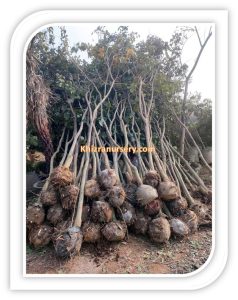
Pongamia Pinnata Trees For Sale In Bulk -


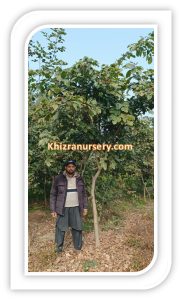
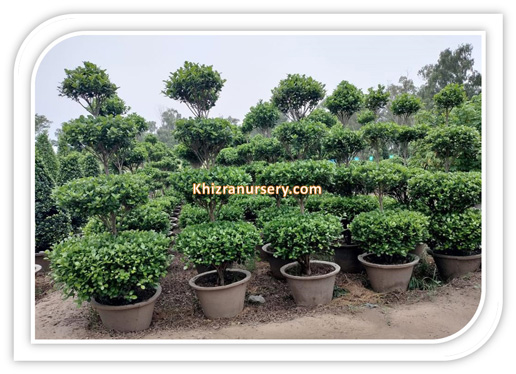
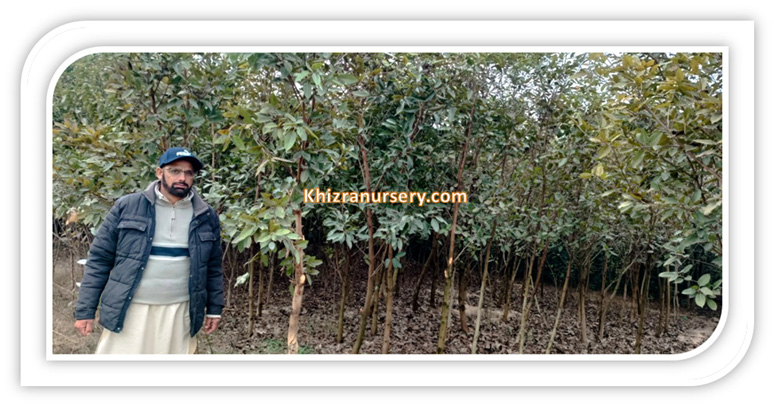






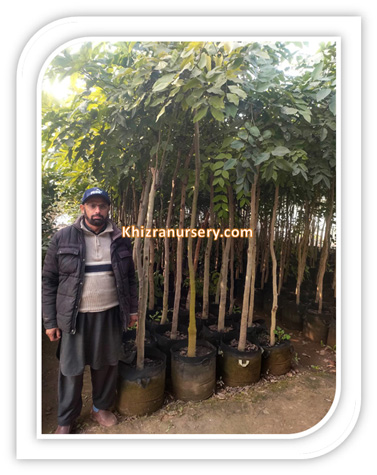
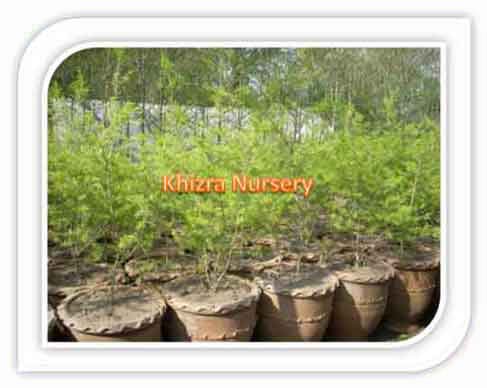

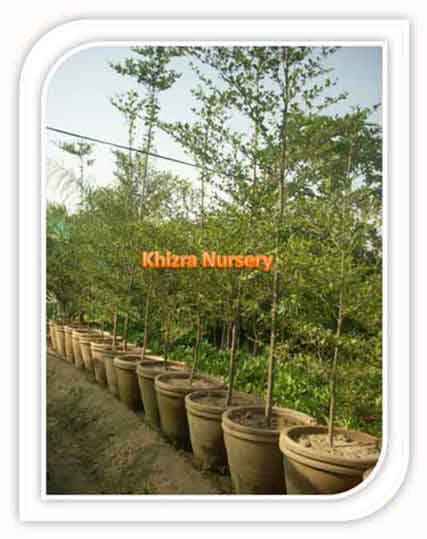

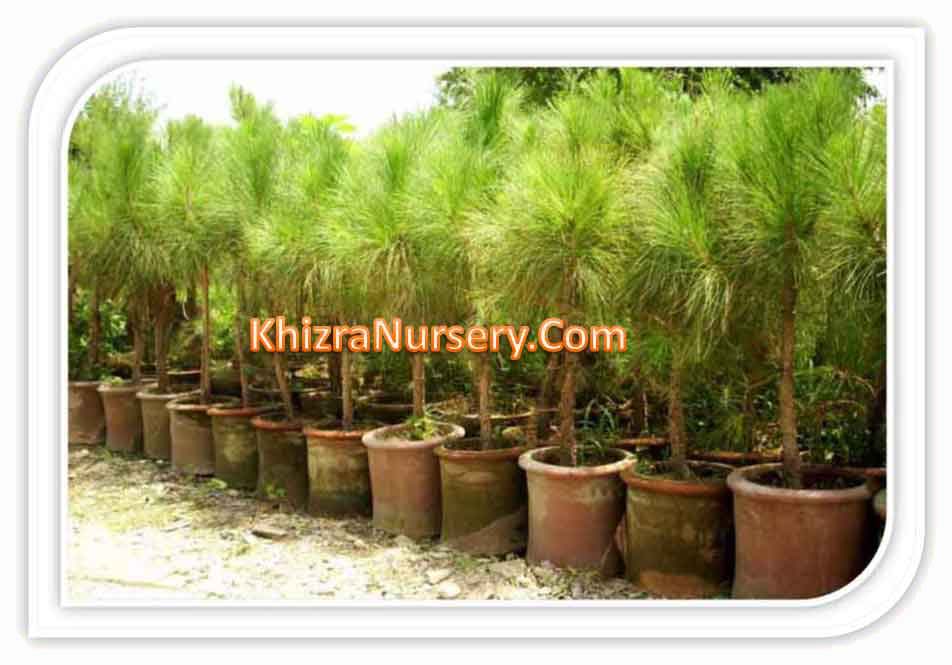



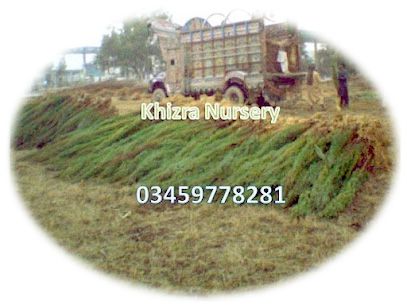
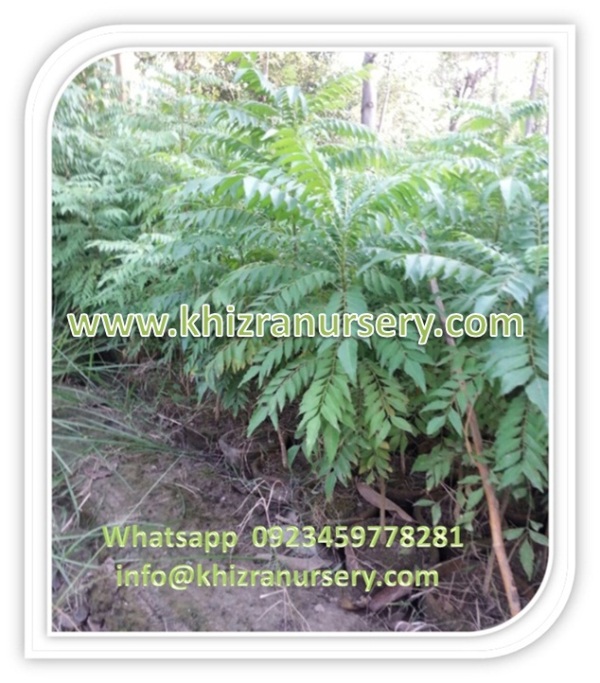
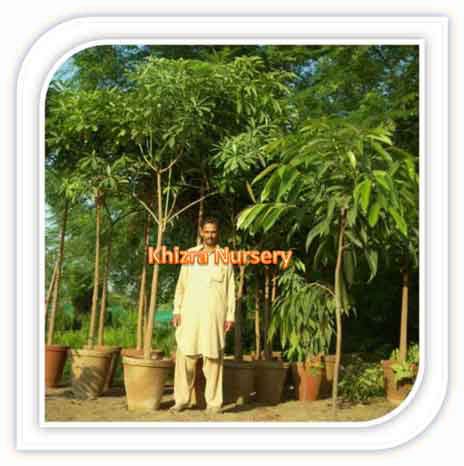

Reviews
There are no reviews yet.